Who can be fed with feed barley
Everyone knows what barley is. When "fodder" is added to this word, the phrase takes on a different meaning. In the article, you will learn all the most important about feed barley: its properties, types, benefits, harm and application. We will tell you whether it is possible to feed barley to ducks, whether it is possible to feed goats with barley and much more.
The content of the article
Feed barley - what is it
Forage is the processed parts of plants (stems, leaves, etc.) that are used to feed livestock, horses and birds. when added to daily meals. Feed barley is the processed portions of this crop.
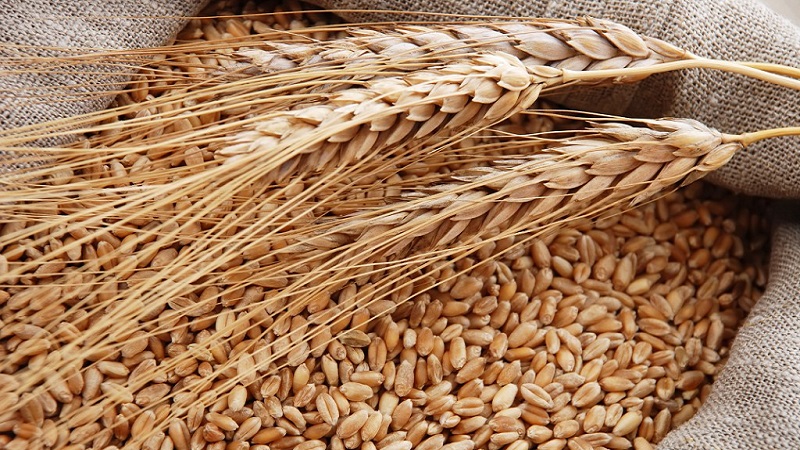
Characteristic
Forage is used exclusively for agricultural purposes... It should not harm the health of livestock and birds. Any forage contains impurities, small pests and low-quality grain, therefore, there is a GOST with norms and characteristics for feed barley. For more details, see the table.
| Index | Norm and characteristics |
| Smell | Similar to healthy barley. Malt, musty, putrid moldy odor is not allowed |
| Colour | Similar to whole barley |
| condition | Only a non-warming state |
| Humidity | Not more than 15.5% |
| The presence of contamination | Possible tick infestation is not higher than the second degree, otherwise healthy grain |
| Content of mineral impurities | No more than 1% |
| The presence of spoiled grains among the trash | No more than 1% |
| Content of harmful impurities | No more than 0.2% |
| Harmful admixture of seeds of varicoloured vazel, creeping bitterness, smut and ergot | Not more than 0.2%. The presence of gray trichodesma and pubescent heliotrope in the seed mixture is not allowed |
| The presence of a cockle in the trash | No more than 0.5% |
| Other grain admixture: wheat, corn, oats and other | No more than 15% |
| Content of Fusarium (fungal) infected grains | No more than 1% |
Benefits of feed barley
In the production of forage, the beneficial properties of barley are partially lost... It is not used as a separate “product” in agriculture. It is useful as a part of compound feed, helps to improve the health of livestock, and normalizes its vital activity.
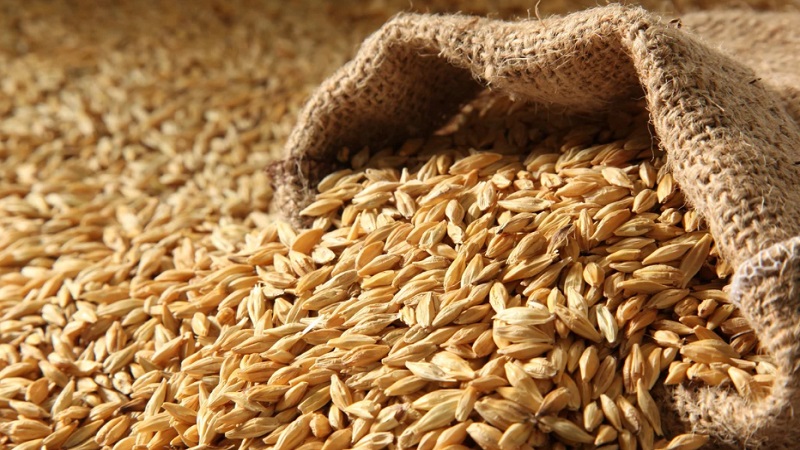
Animals and birds tolerate winter cold more easily, being in a stall, less often get sick... Egg production improves in birds, in pigs - the quality of meat and lard, cows give more milk, horses become more resilient.
Harm of feed barley
Feed barley is used as an additive to the permanent diet of livestock in a purified and processed form. Eating whole grains can kill animals and birds. You can not give barley infected with pests, rotten, rotted, pickled with fertilizers.
When buying grain, study its external parameters, requirements in accordance with GOST in quality certificates... Forage is not suitable for the food industry. A person cannot eat it, because it causes inflammation of the gastrointestinal tract.
Interesting on the site:
Simple barley moonshine recipes
Chemical composition and properties
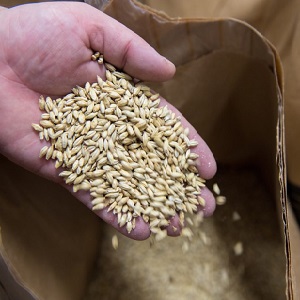 Barley contains:
Barley contains:
- amino acids - lysine, methionine, cystine, valine, isoleucine, phenylalanine;
- cellulose;
- proteins;
- vitamins D, E, group B and carotene;
- sugar and starch;
- calcium, phosphorus, potassium, magnesium, iron, sulfur, copper, zinc, manganese, cobalt, iodine.
The composition of feed barley is suitable for feeding farm animals and birds as part of compound feed.
How feed barley grows
Six-row barley is grown for forage production... On each ledge of the spike shaft, there are three grains, on the sides they are small and curved. The grain yield depends on the type and fertility of the soil and on external factors: light, temperature, moisture.
Non-acidic chernozem soil is suitable for growing this crop.... Nutrients and moisture should easily penetrate into the ground. Fodder barley grows best in the south of the country, where daylight hours are longer. The optimum average temperature for good germination and full maturity is + 20… + 22 ° C.
Feed barley is demanding on moisture intake during germination and main growth... Helps to retain moisture by applying mineral and organic fertilizers. The grain does not like to grow in the same place for three years. The best predecessors of barley are winter rye, potatoes and legumes (chickpeas, lentils, peas).
Attention! The Stavropol and Krasnodar Territories are leaders in all the above parameters for growing feed barley.
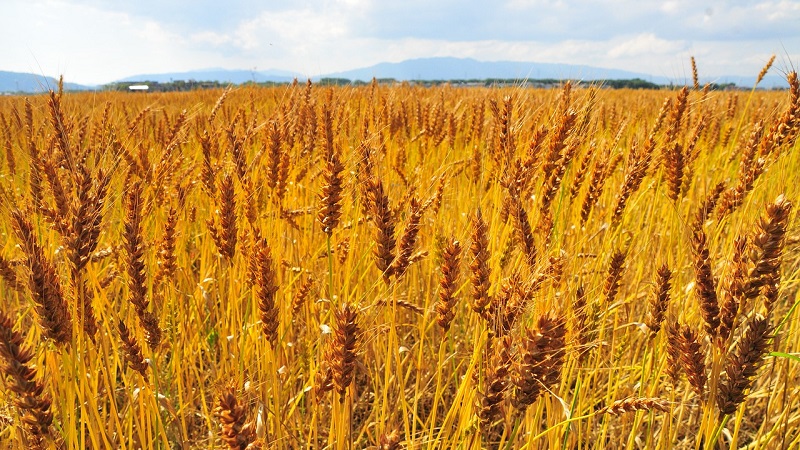
Types of forage
Forage is divided into two groups:
- concentrated - grain and cereals. They are rich in micronutrients, nutritious and added to the daily feed;
- rough - hay, straw, silage, grass. It is an independent feed for horses and cattle.
How forage is used on the farm
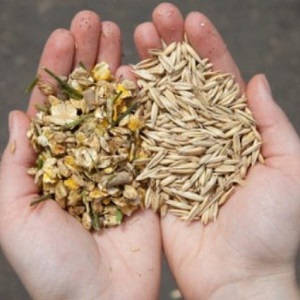 The only role of feed barley is an additive to the usual feed for livestock and poultry... But not so long ago, bakery products appeared in stores, which contain feed grain.
The only role of feed barley is an additive to the usual feed for livestock and poultry... But not so long ago, bakery products appeared in stores, which contain feed grain.
No it does not represent nutritional value for humans and is added in order to reduce the cost of bread... It contains a lot of gluten, so feed barley flour is viscous and difficult to bake. The finished bread will crumble and crumble a lot.
There is an opinion that low-quality barley grain is also used in the brewing industry, but this is a myth.... The properties required for malt are not found in feed barley. Brewers will spend their time and money, but they will not be able to produce quality beer.
The use of forage as feed for poultry and livestock
To provide animals and poultry with a nutritious feed, observe the conditions:
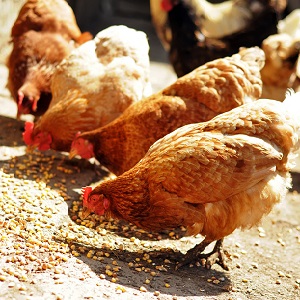 When buying barley, make sure there are no browned kernels in it. You cannot feed cattle and poultry with rotten grain.
When buying barley, make sure there are no browned kernels in it. You cannot feed cattle and poultry with rotten grain.- Feed barley is an unrefined grain, its nucleoli are in a coarse shell. Animals or birds can scratch the throat or esophagus. Feed barley must be ground or germinated before use.
- Do not give grain fodder as an independent feed. It contains a lot of carbohydrates, which can lead to weight gain. An overweight bird will have a decrease in egg production, and pigs will have difficulty conceiving and producing offspring.
Feeding cattle and poultry should be balanced by the ratio of proteins, fats, carbohydrates, vitamins and minerals. Only in this way their body will function normally, and the gastrointestinal tract will work like a clock.
Can ducks be fed
Do ducks eat feed barley? Sure, you can give it to ducks of all ages... Young shoots need to be fed with shit - crushed grain without a shell. The daily ration should be 20-40% of the total forage. It is not recommended to give more, since the fiber contained in its shell burdens the gastrointestinal tract and the ducklings die.
Adult ducks can be fed whole grain, with shells... Sprouted or soaked is allowed.
Attention! Grain should be soaked in water for at least 10 hours.
Is it possible to give to geese
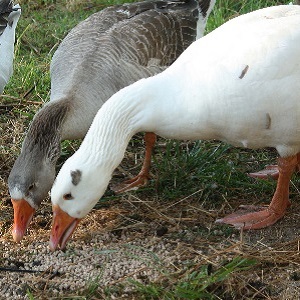 Geese don't like barley because of its specific taste.... You need to accustom them to this grain from chicken age.
Geese don't like barley because of its specific taste.... You need to accustom them to this grain from chicken age.
Food for young animals (goslings up to 20 days) - an egg mixed with crushed, peeled barley or other grain.If the film is not removed, it will stick to the esophagus, clog it, and the goslings will die. The daily ration is 40% of the total feed.
Adult birds eat this grain whole or ground to a state of flour... Barley stimulates the growth of feathers, but due to the lack of protein, it is not suitable as a daily feed. In the diet of an adult goose, it should be no more than 30-40% of the total feed. With this feeding, a sufficient amount of meat will form. This is necessary if the bird is being prepared for slaughter. Sprouted barley grains are also good for geese.
How to germinate grain for poultry feed correctly
Sprouted grain is grown in 3-4 days and give to birds all year round:
- They are made of metal (no rust), plywood or wood boxes 4 cm deep.
- Grain is poured into them, not reaching the side of 1 cm.
- Pour in water, put boxes on top of each other in a dark place.
- As soon as shoots appear, the boxes are transferred to the light.
- When the greens reach 8-10 cm in height, the top is cut off.
- The remaining grain is watered, and after 3 days new shoots appear.
- Three crops are harvested from each box, then the grain is thrown away.
The greens are cut just before feedingso that it does not fade.
About other forage crops:
Do goats eat
Feed barley it is recommended to give young animals to gain high-quality mass and lactating animals to increase lactation.
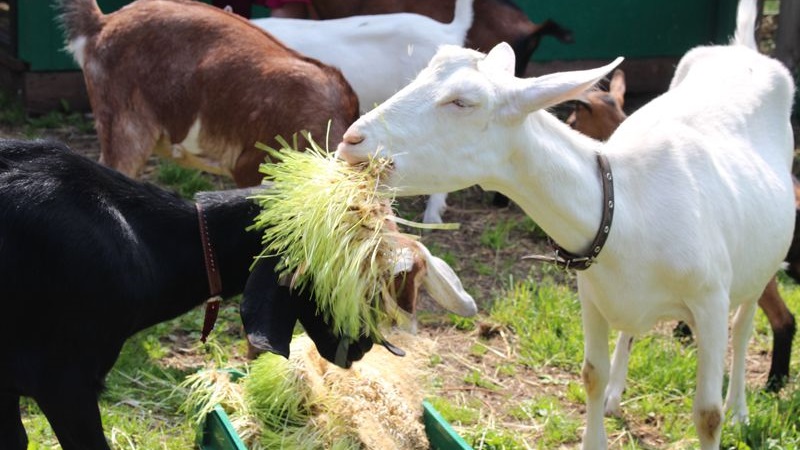
Goats like ruminants, it is better to feed concentrated feed... Compound feed is suitable for their nutrition. The basis of the diet is barley, as it contains a large amount of fiber, protein, fat and carbohydrates. Its consumption per day in a goat is 300-400 g - up to 70% of the total food volume.
They give grain cleared of films by crushing, grinding or crushing... This improves its absorption in the digestive tract.
Reference. Crimping - grinding grain into flakes. Their maximum thickness is 1.8 mm. Grains with a moisture content of at least 35% are subjected to crimping.
Is it possible to give pigs
A pig is an unpretentious animal in terms of nutrition... Its diet is formed and feed barley is introduced, depending on age and feeding goals. The average content of feed barley in pig feed is 70%.
For piglets and young animals, this grain is suitable as a growth stimulator... During puberty of pigs, its amount is reduced or replaced by another crop. Its use reduces fertility and prevents active reproduction. Due to the high carbohydrate content, the growing piglet gains weight and obesity develops. Barley reduces attraction in females, and sexual activity in males.
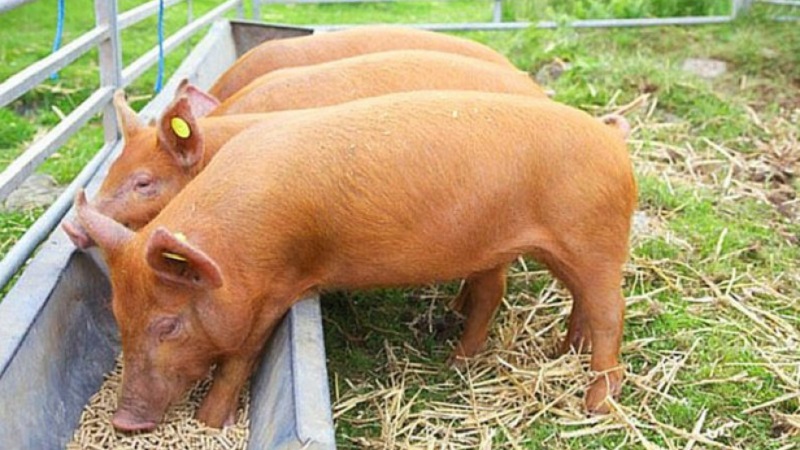
In preparation for breeding Feeding with forage barley reduces sperm quality as the number of active spermatozoa decreases. If the animals “walk” and the female becomes pregnant, it is possible that there will be difficult labor and fewer fetuses. During this period, barley is removed from the diet and switched to another grain.
During lactation, forage feeding is resumed... The pig's body recovers quickly, digestion improves, and the milk becomes fatty and nutritious. All this has a beneficial effect on the offspring.
If the ultimate goal is to raise animals "for lard", then barley, which contains a large amount of proteins, is the optimal feed for pigs. It promotes the growth of fat cells, so the fat will have a thick meat layer.
Feeding pigs with sprouted barley develops the digestive system, reduces morbidity and mortality, reduces the dose of concentrated feed.
Outcome
Now you know what is the value and usefulness of feed barley when feeding farm animals and birds. The price of this grain in Russia is not high, but do not pursue cheapness: always ask for quality certificates before buying.
Use forage correctly when feeding animals, do not be lazy to germinate it.Remember that any feed grain is a food additive to your usual feed. Only with balanced feeding of animals and birds will you get the desired result.